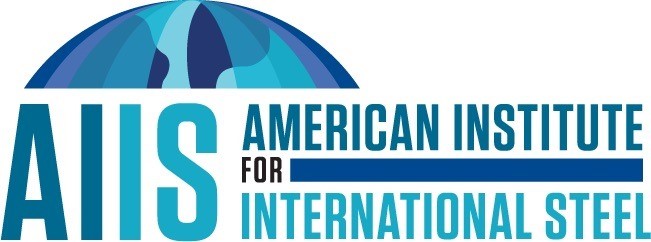
SEATTLE (Scrap Monster): U. S. Customs and Border Protection (CBP) has issued an update on proper entry/entry summary reporting for pipe spools with pipes from multiple countries. Pipe spools are described as “prefabricated components of a piping system consisting of various types of pipes, flanges, elbows, and fittings, and may contain line pipes and other components manufactured in multiple countries.” While the pipe spool itself is classified for tariff purposes in a single tariff provision, normally based on the pipes that predominate by weight and value contained in the spool with regular duties based on that classification, individual components of the pipe spool may also be subject to Section 232, Section 301, and/or AD/CVD duties based on each component’s country of origin.
If all components of a pipe spool come from a single country, only one line item need be reported. If the spool has components from two or more countries, however, the components must also be reported on separate entry lines to allow reporting of each applicable country of origin, and allow Section 232 duties or quota, Section 301 duties, and/or applicable AD/CVD duties to be reported. The actual value of each component must be reported on the appropriate entry line. Supporting documents in the form of invoices and other necessary materials must be filed to provide all necessary information.
CBP has attached a sample entry document to the Update demonstrating the correct and incorrect ways to file such entries/entry summaries.
The Update is located at: https://content.govdelivery.com/accounts/USDHSCBP/bulletins/28cd221.
Importers should be aware that there are a number of other articles where components may individually be liable for additional duties under various trade remedy provisions, depending on the scope of individual Orders and Proclamations. Generally components that do not undergo a substantial transformation during incorporation into a larger product are more likely to be subject to these additional duties. See the rulings cited in the Update for additional details.
Courtesy: AIIS
| Copper Scrap View All | |
| Alternator | 0.32 (0) |
| #1 Copper Bare Bright | 3.76 (-0.01) |
| Aluminum Scrap View All | |
| 356 Aluminum Wheels (Clean) | 0.73 (0) |
| 6061 Extrusions | 0.64 (0) |
| Steel Scrap View All | |
| #1 Bundle | 460.00 (-15) |
| #1 Busheling | 480.00 (-15) |
| Electronics Scrap View All | |